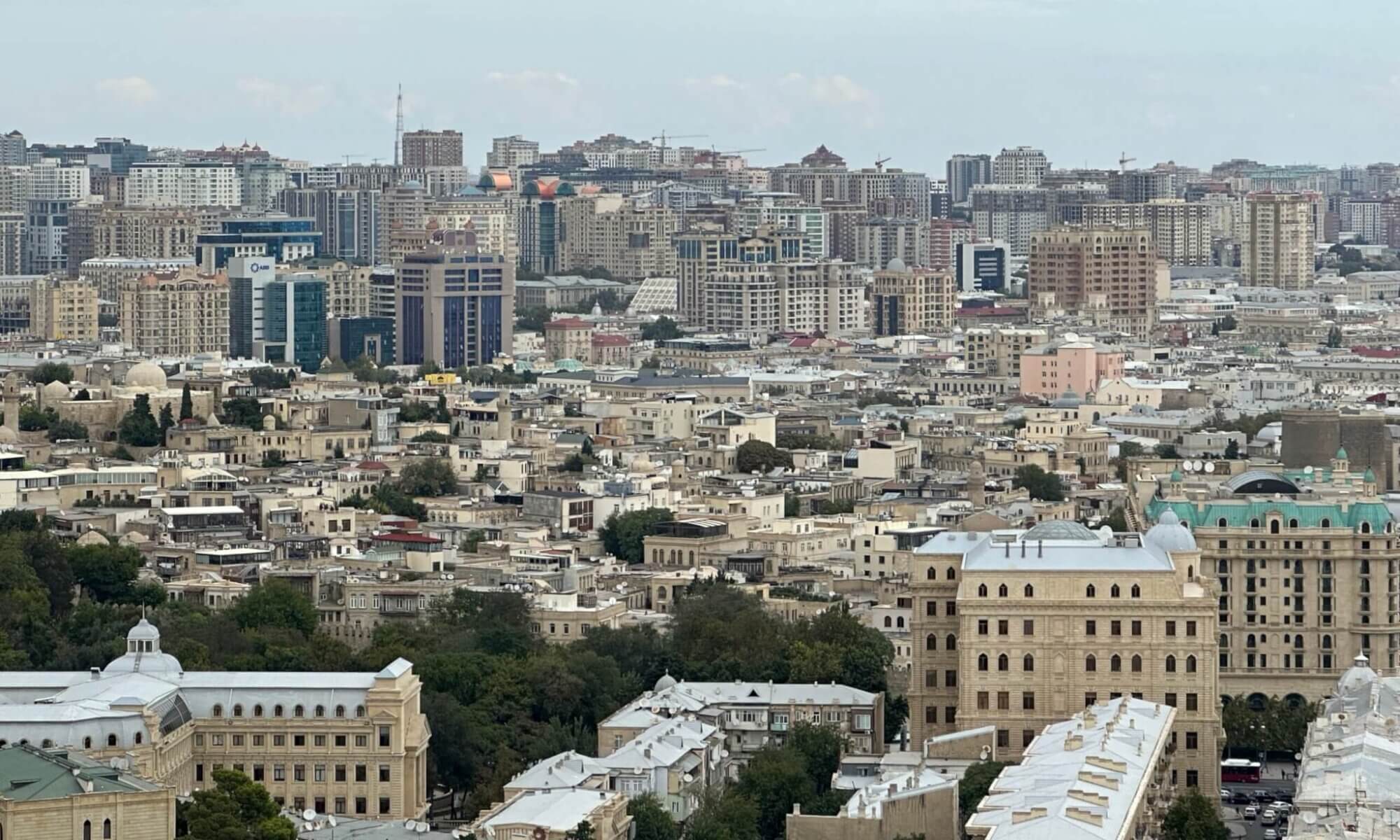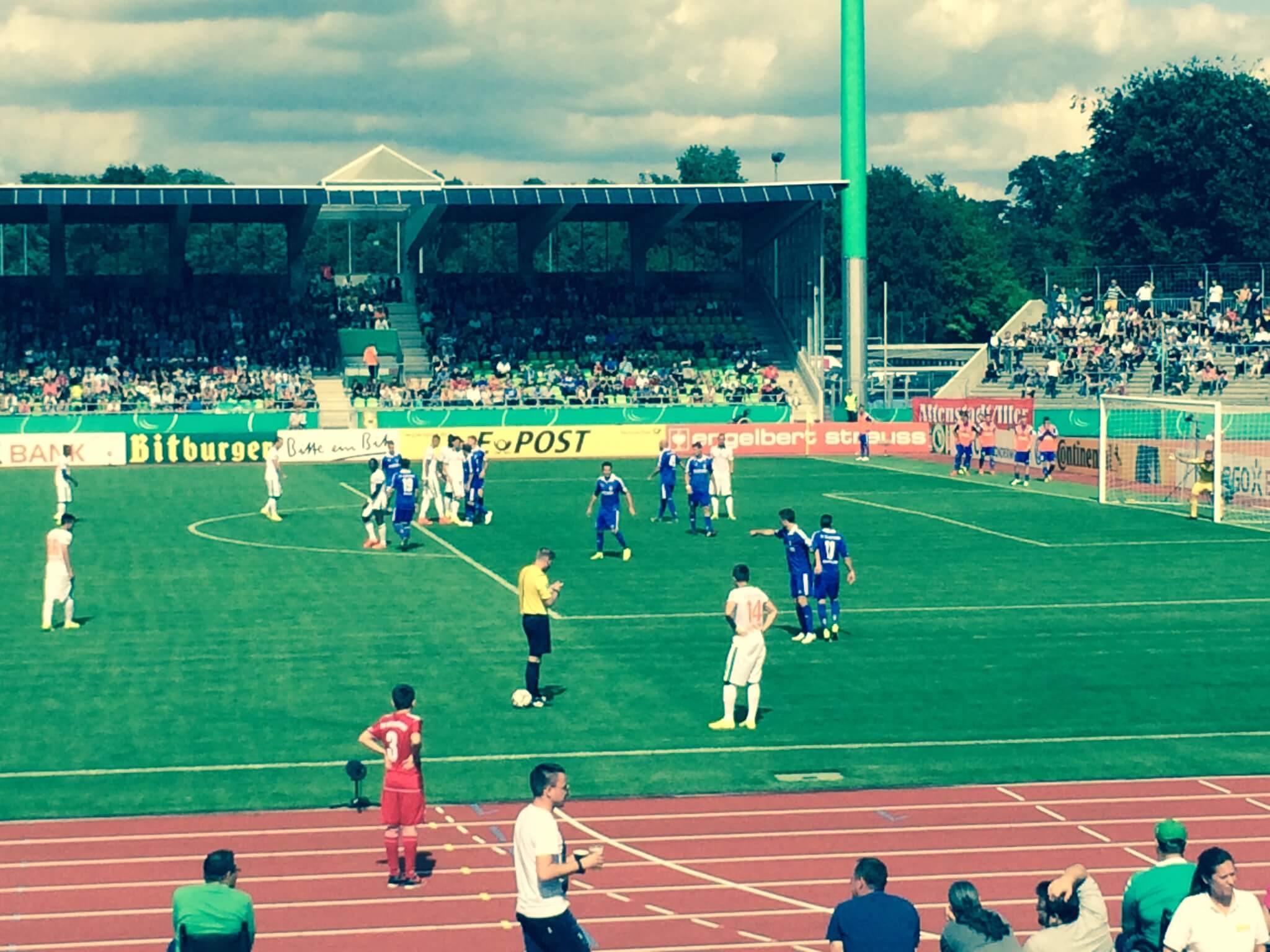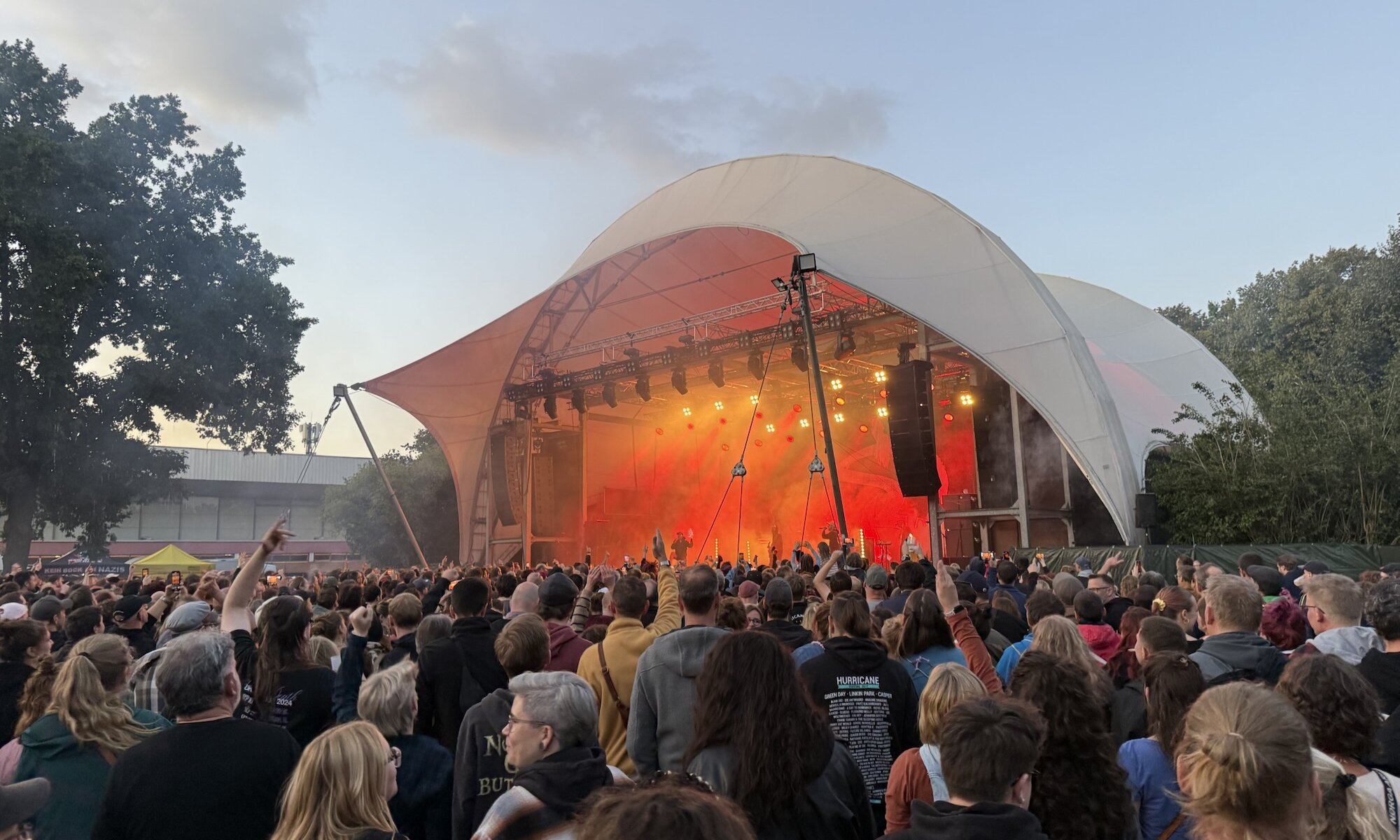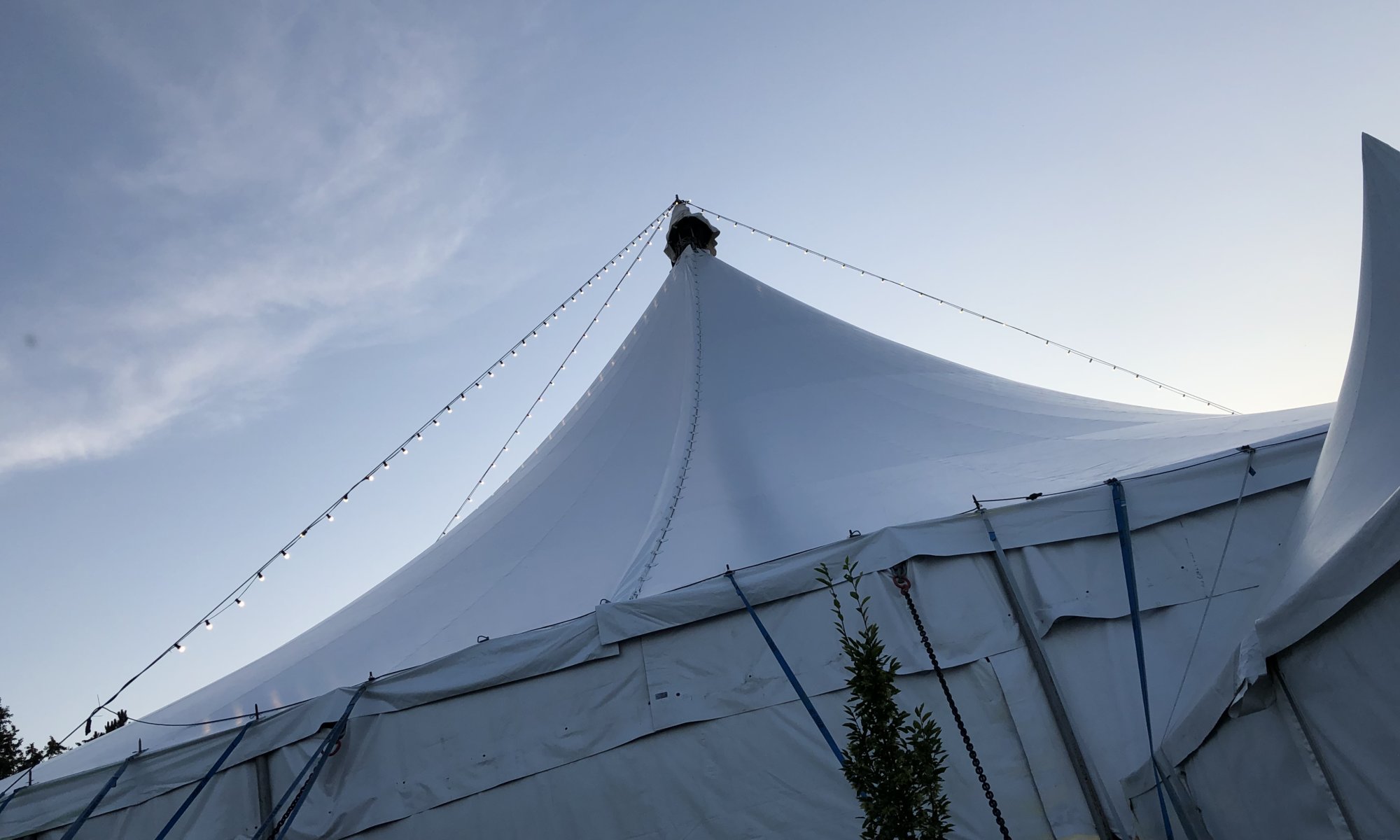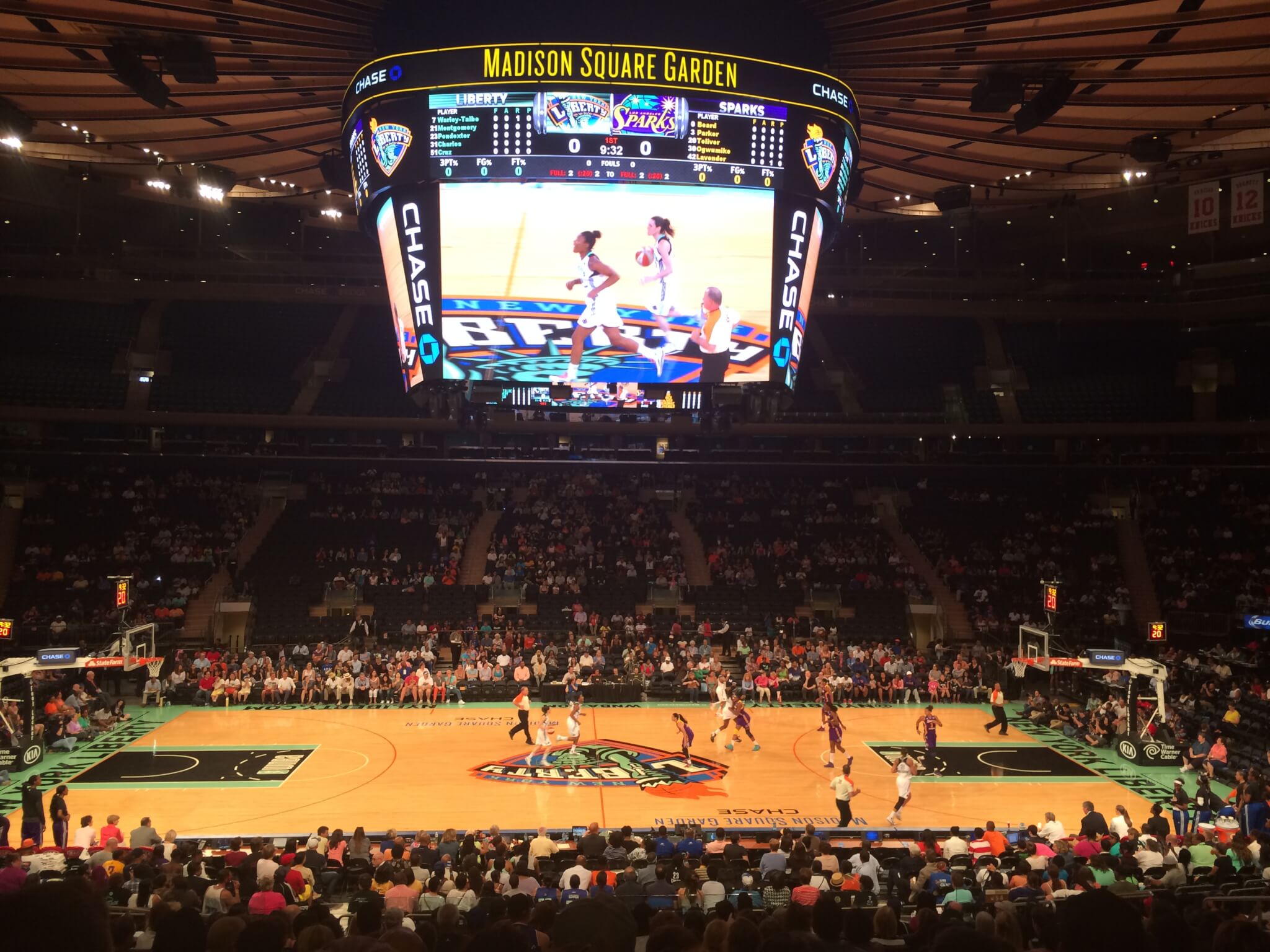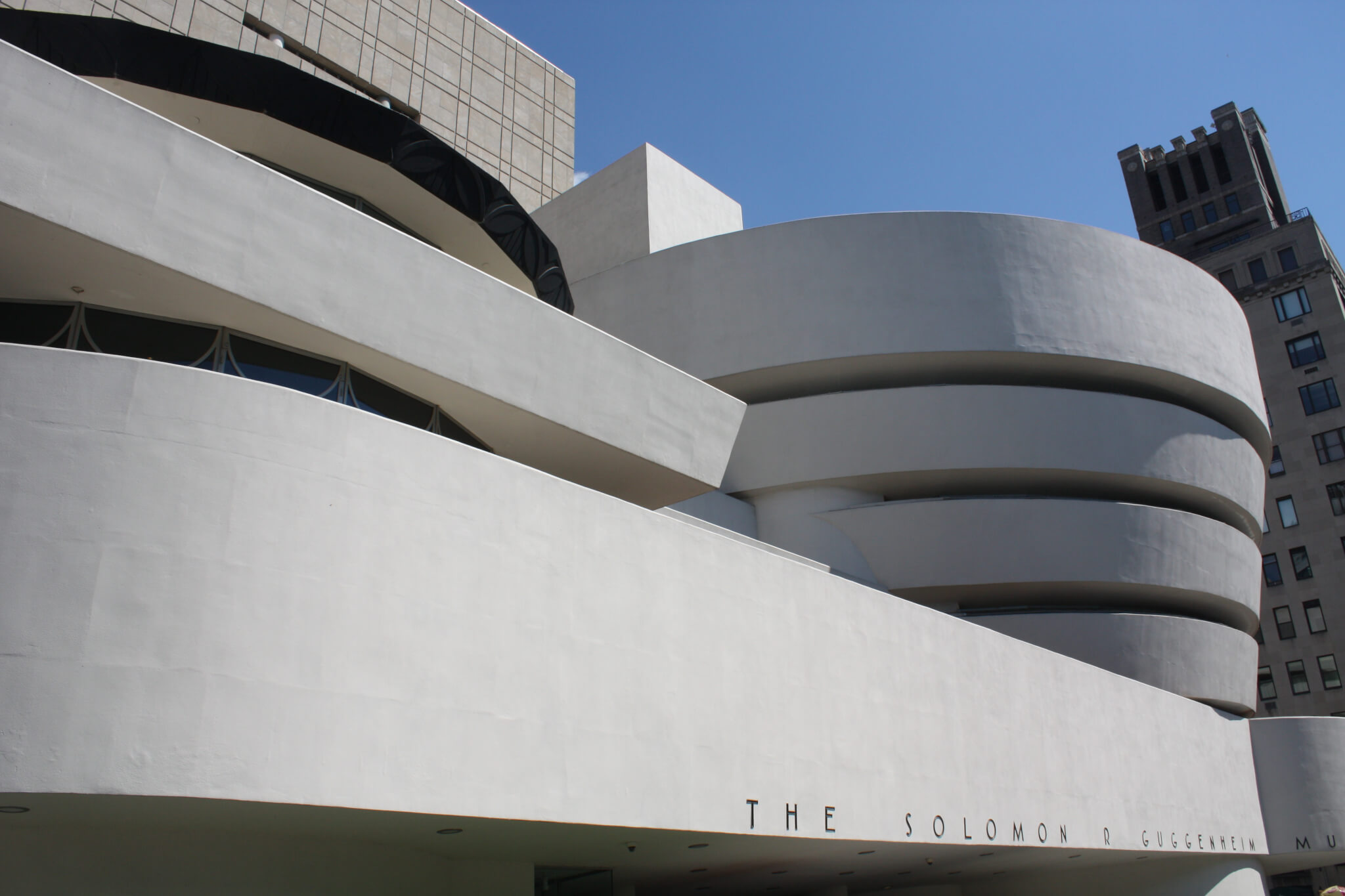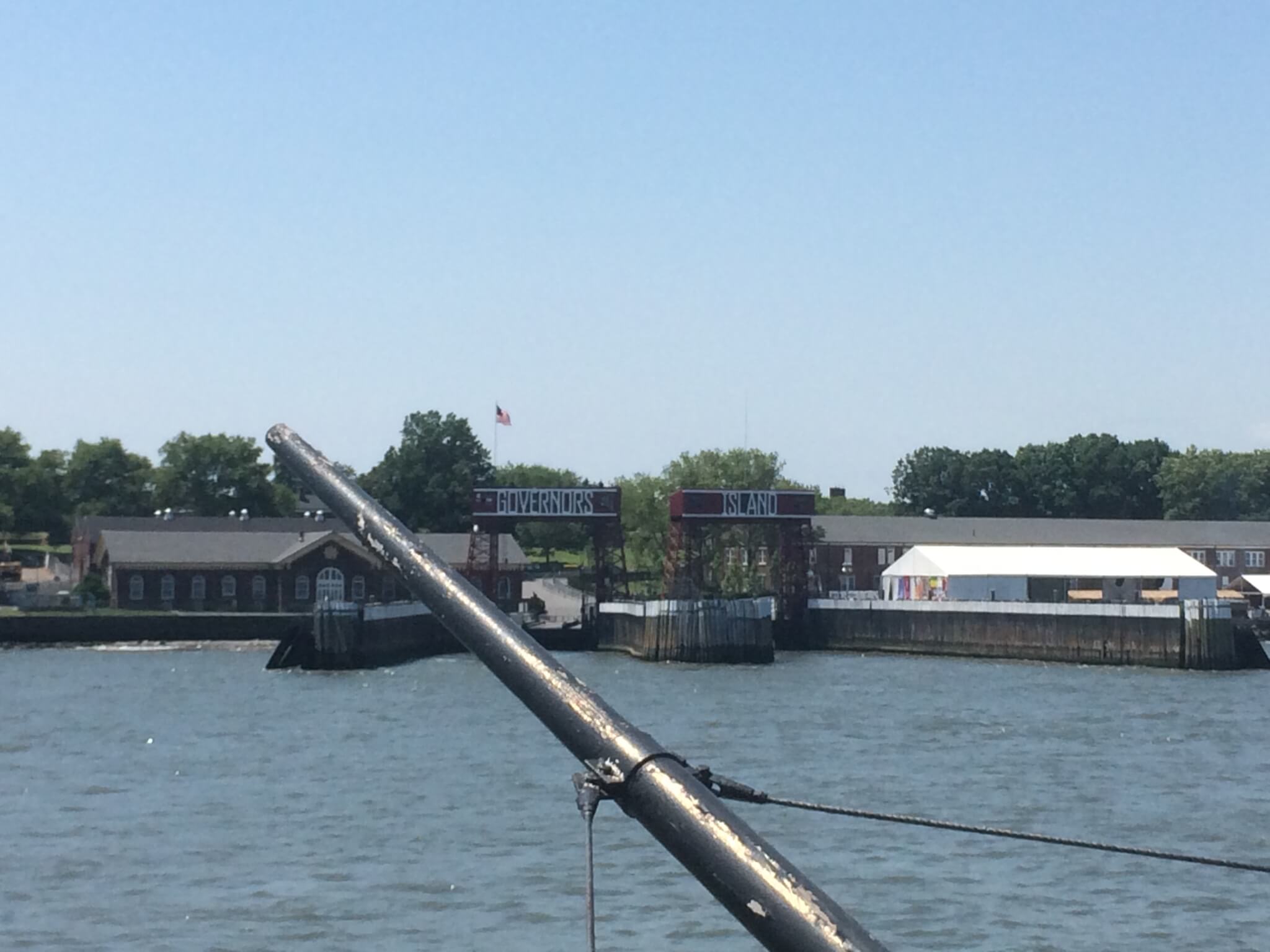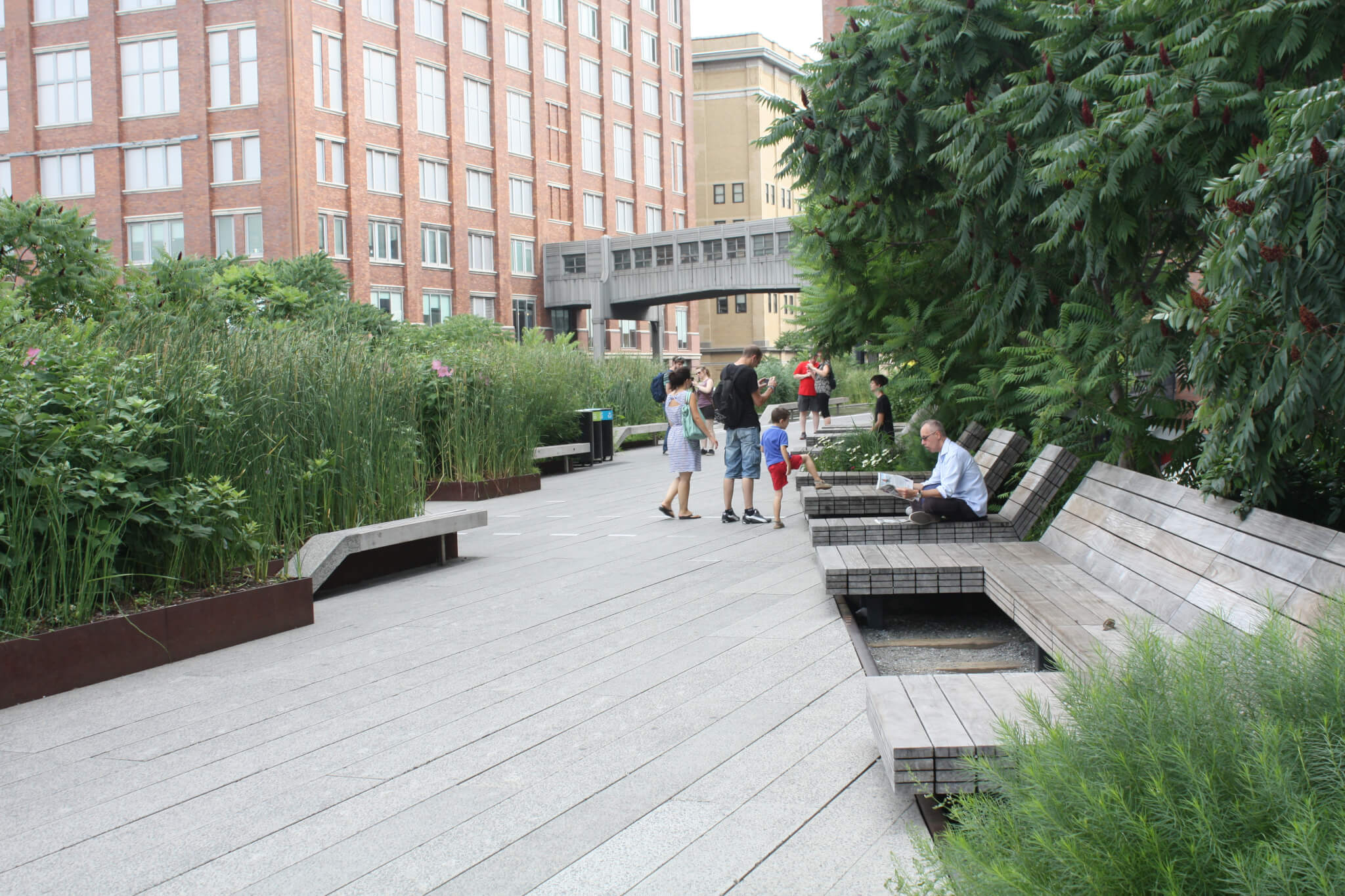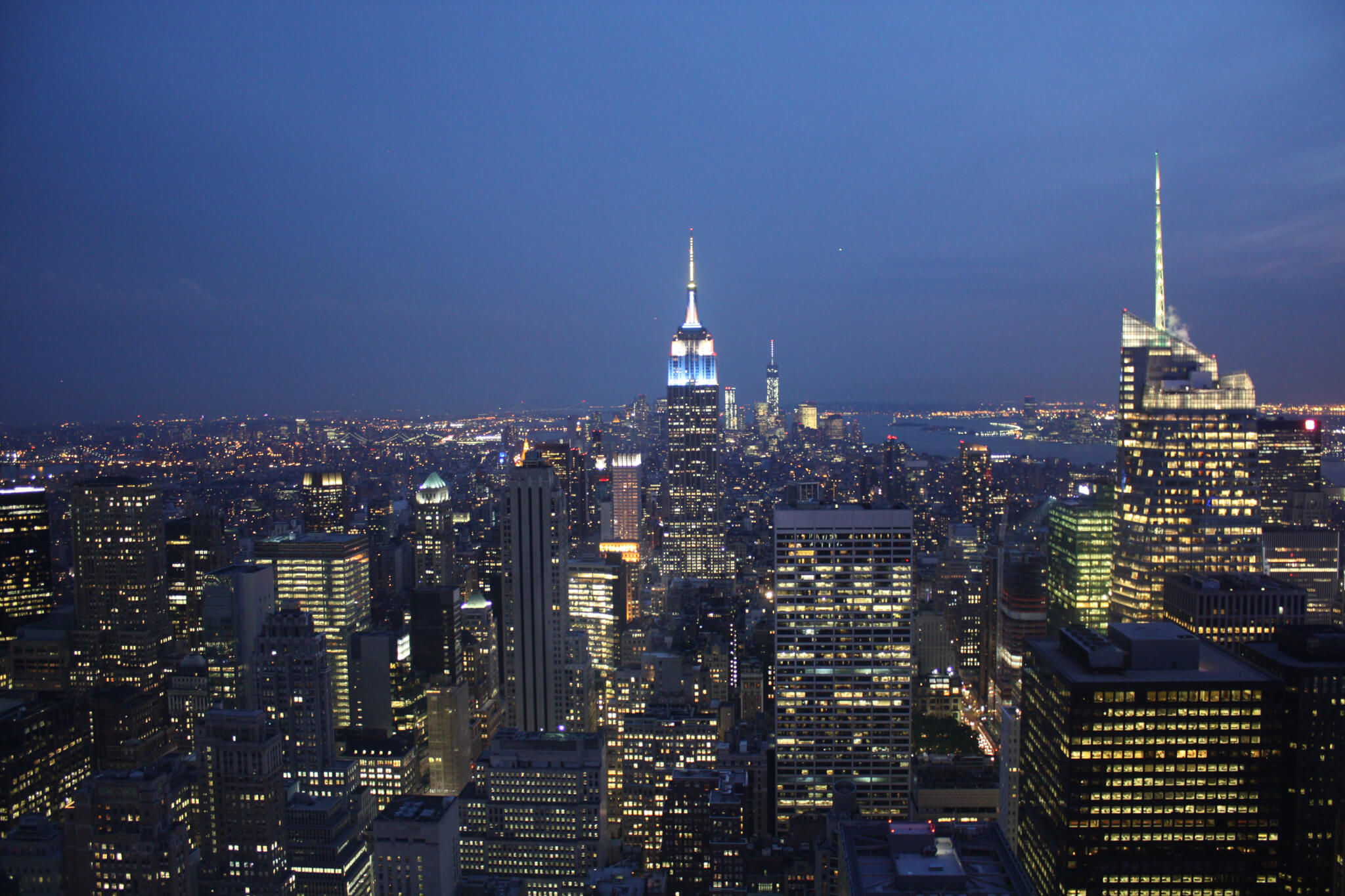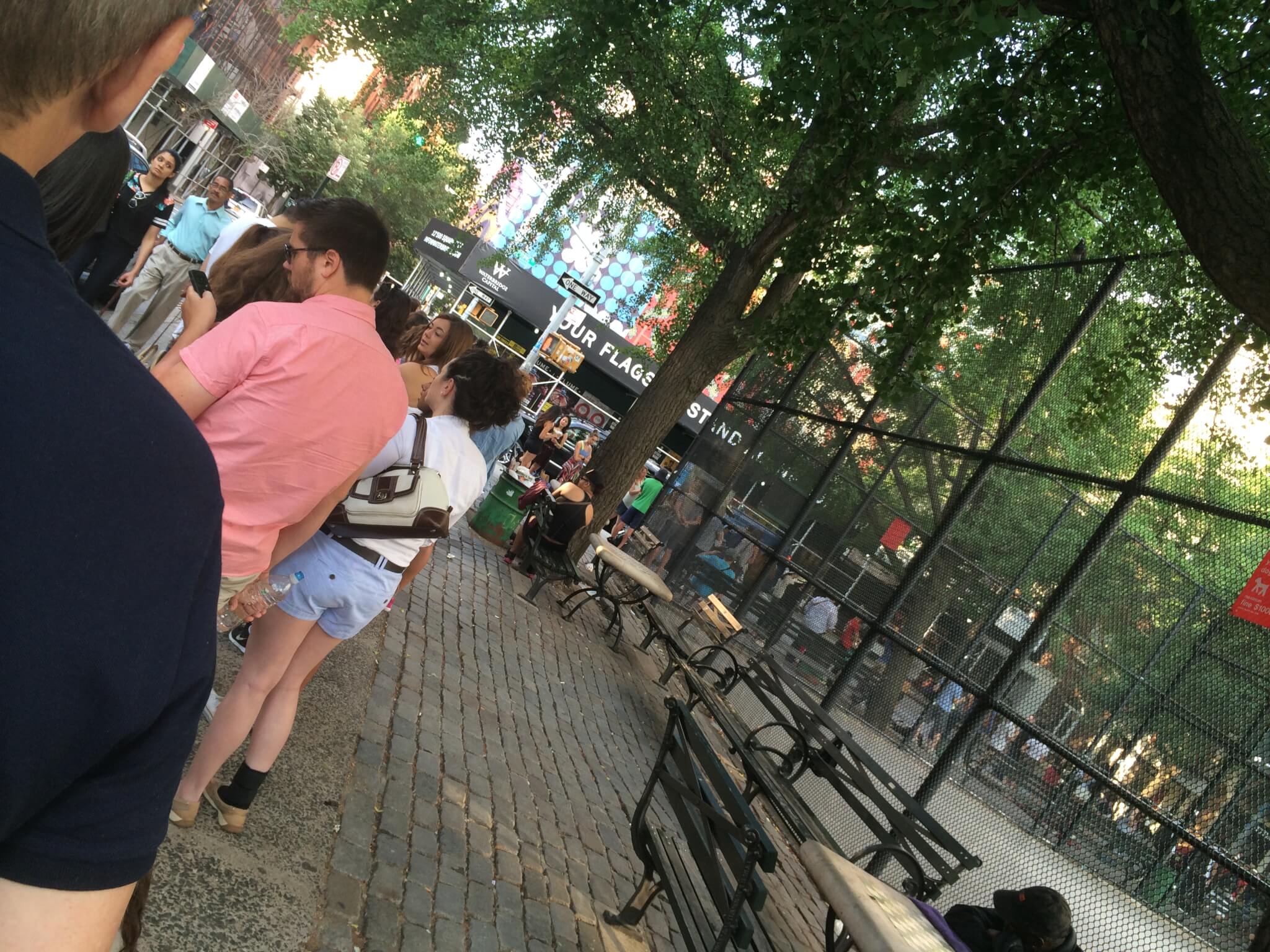“The cup has its own rules”, we say when talking about the cup of the German football association (DFB-Pokal). In first round of 2014, my team had to play the Fussballverein Illertissen – an amateur team of the Regionalliga Bayern, located close to Ulm. As their own stadium was too small, they rented the Donaustadium, home to the SSV Ulm.
The Parkbühne
The Parkbühne (also called “Gilde Parkbühne” after its current sponsor, a local brewery) is just another concert location in Hannover, Germany. It is plain: a stage, toilets, beer vendors and a (green)field. In summertime and with the right bands it is great to stay here.
Continue reading “The Parkbühne”Festival near Kassel
People in Kassel typically don’t live in the city center, they build their houses in one of the numerous towns around. One of these, located north of Kassel, is Vellmar. It is easily reachable via tramway from Kassel and has a good cultural scene. Once a year they set a hugh tent onto their Festplatz and invite different artists to a festival.
Continue reading “Festival near Kassel”New York Liberty vs. Los Angeles Sparks
Something absolutely worth being put on your list is a visit to Madison Square Garden (“The Garden“, MSG) – a stadium for different sports and a concert hall in the center of Manhattan. It names itself “The World’s Most Famous Arena“, dates back to the year 1874 and is home to the New York Rangers (NHL), New York Knicks (NBA) and New York Liberty (WNBA).
Continue reading “New York Liberty vs. Los Angeles Sparks”Museums of New York City
New York is a paradise for museum enthusiasts. You’ll find well-known museums of modern art, natural history or cultural anthropology – you already heard of them all. I’ll just list the big ones you cannot omit while being at New York.
Continue reading “Museums of New York City”Two Boots Pizza
Yeah, okay – it is only a pizza chain in New York; but a really good one. And they have a store in my favorite neighborhood, Williamsburg, close to the subway station Bedford Avenue. The pizza is really good and if you need to fill you stomach while cruising through the bars of Williamsburg it is always worth a visit.
Continue reading “Two Boots Pizza”Governors Island
If you are in Manhattan and need some green fields, trees and a place for a picnic, a short boat trip is helpful. Close to the southern tip of Manhattan Island there is Governors Island, a place that was used by the U.S. forces until 1997. From 2003 on the island is open to the public and you can visit Fort Jay and Castle Williams.
Continue reading “Governors Island”The Highline
The Highline is a pretty new but already well known sight in New York. It is an old railway track converted into a park above the ground. It opened up in 2009, was extended later on and is now 2.3 km long. It is running throughout the Meatpacking District of New York and is always a good cause for a promenade.
Continue reading “The Highline”Top of the Rocks
To me the best viewing platform in New York City. The Rockefeller Center is a building complex consisting of 21 skyscrapers with lots of bars, restaurants and shopping opportunities. It also has a nice square where you can sit outside and the media industry uses Rockefeller Center as a main location. The GE Building with 70 floors is the highest building within this venue.
Continue reading “Top of the Rocks”The Cronut
I already did a lot of stupid things while travelling. But what about standing in line for hours in New York City just to get pastries from a bakery? Well, it is not any bakery, it is the Dominique Ansel Bakery selling very good products. And one day, Dominique Ansel invented a combination of a croissant and a donut – the Cronut.
Continue reading “The Cronut”